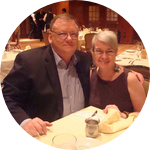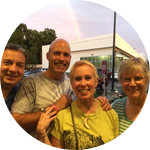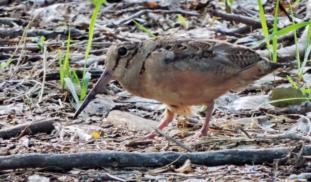Please wait...
About This Project
I study American Woodcock breeding success in post-industrial habitat to see if human altered habitat can be beneficial for wildlife. To do this, I will be placing radio transmitters on woodcock to monitor them throughout the breeding season. This will allow me to determine their health, survival, and return rates. Studying woodcock can help us better understand other species (Ruffed Grouse, Golden-winged Warbler, etc) that are severely declining due to significant habitat loss.
More Lab Notes From This Project

Browse Other Projects on Experiment
Related Projects
How do polar bears stay healthy on the world's worst diet?
Polar bears survive almost entirely on seal fat. Yet unlike humans who eat high-fat diets, polar bears never...
Uncovering hidden insect diversity associated with a likely undescribed gall-forming midge
Does a likely undescribed species of gall-forming midge (pers. comm. Ray Gagné) on Eriodictyon plants (Yerba...
Macrofungi of the California archipelago
The eight islands of the California Archipelago are a well-studied biodiversity hotspot — but we know almost...





